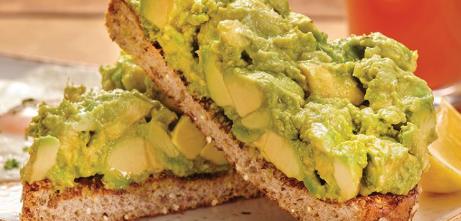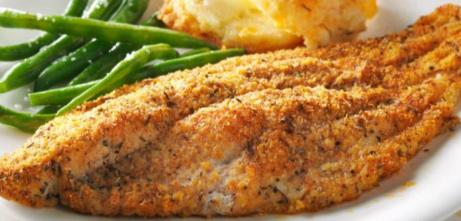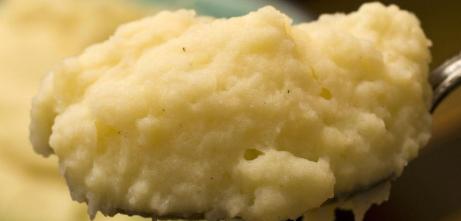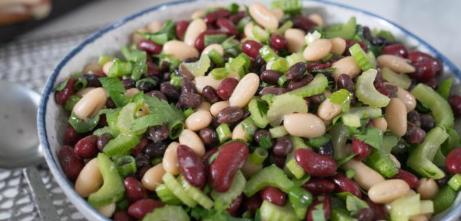
Eating
Healthy Eating is your first step to a healthier you!
Nutritious meals will provide you with the vitamins and minerals needed to keep your body tuned. Eating healthy foods will also help you stay within your daily calorie goal. It can also help lower the risk of several health conditions.
It is important to understand the difference between a portion and a serving.A portion is the amount of food that you choose to eat for a meal or snack. You get to choose what size portion you will eat. Will it be big or small?A serving is a measured amount of food or drink, such as one cup (eight ounces) of milk, or one cup of leafy greens. Although we use the terms interchangeably, they are not the same.Keep that in mind as you fill your plate for each meal. We have included some of our favorite recipes that we prepare for our families and clients through food demonstrations and cooking schools. You will find recipes for breakfast, appetizers, main dishes, side dishes and, even desserts. We hope you love these recipes as much as we do.
A healthy eating plan will follow the MyPlate guidelines:
- Focus on healthy vegetables –dark green leafy vegetables and orange/red vegetables, beans and peas.
- Limit starchy vegetable like potatoes, corn, and sweet peas.
- Adults need 2-3 cups of vegetables daily. One cup of raw or cooked vegetables and 2 cups of leafy greens can be considered one cup of vegetables.
- Include fruits daily. It is suggested that adults get 1-2 cups daily. One cup fresh fruit or 100% fruit juice and ½ cup dried fruit is considered 1 cup.
- Make half your grains whole. Whole grains use the complete grain kernel. You must read the ingredient label for the term whole wheat, whole rice. Avoid enriched or refined grains.
- Dairy includes1cup milk, yogurt, or soymilk and 1½ ounces natural cheese or 2 ounces of processed cheese. Adults need 2-3 cups of dairy each day.
- Choose low-fat and fat-free dairy products.
- In general, 1 ounce of meat, poultry or fish, ¼ cup cooked beans, 1 egg, 1 tablespoon of peanut butter, or ½ ounce of nuts or seeds can be considered as 1 ounce-equivalent of Protein Foods. Adults need 5-6 ½ ounces a day.
- Select a variety of protein foods to improve nutrient intake and health benefits, including at least 8 ounces of cooked seafood per week.
- Be careful to limit saturated and trans fats, sodium, and added sugars.







